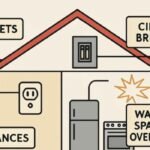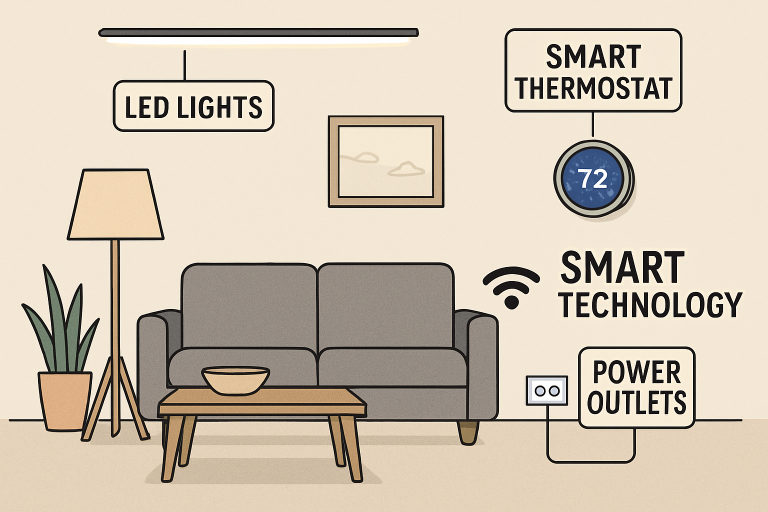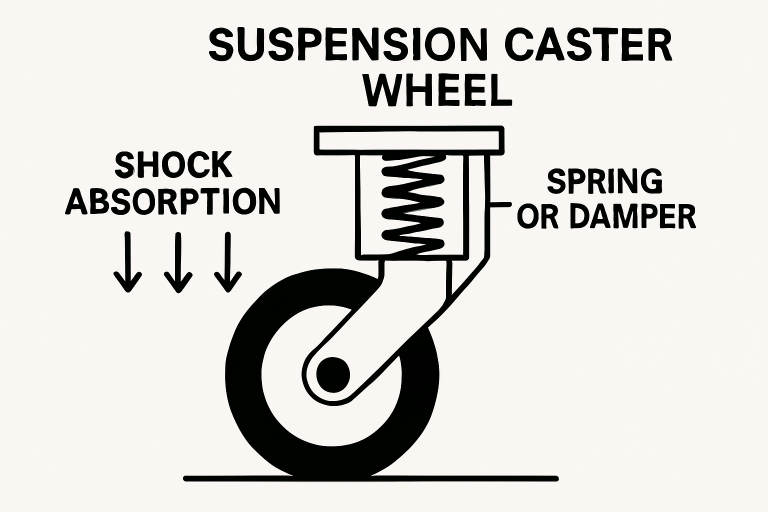Investing in a well-wired home offers multiple benefits. Up-to-date electrical wiring ensures safety and increases property value while reducing energy costs.
Frequent circuit breaker trips and flickering or dimming lights may indicate improper wiring. Blackened outlets and switches could also signal overloading or fire hazards.
Proper wiring allows for consistent internet connectivity without interruptions and enables audiovisual systems like surround sound and home theater setups. It also reduces energy loss and extends equipment lifespans.
Improved Energy Efficiency
Energy efficiency refers to reducing energy usage and electrical costs without affecting the operation of the equipment or systems within an installation. It can be achieved through various methods, including installing insulation in areas prone to heat loss and utilizing smart controls that optimize lighting, heating and cooling, plug loads, and other electrical equipment.
Other solutions include barycentre, a method for defining the most energy-efficient location for transformers and switchboards by reducing power losses. Additionally, sizing wires only one size larger than what is required by the national electrical code can yield quick paybacks through reduced power losses and lower energy costs.
Energy-efficient improvements reduce the amount of electricity used at any given time, known as load, which minimizes stress on the power grid and prevents outages. It also helps prevent climate change by reducing the emissions from fossil fuels responsible for greenhouse gases. Energy-efficient homes can ease the financial strain on families.
Increased Property Value
The electrical installation comprises the components that ensure a safe and dependable electricity supply to a house. It also provides the functionality and integration of various technologies within the home. It is a vital investment that improves the quality of life and significantly increases property value.
Proper wiring also ensures compliance with local building codes, avoiding penalties and a smoother inspection process during home sales. It also reduces energy wastage by routing electricity to specific areas and reducing power loss during transmission. It also provides a stable power supply for sensitive electronic equipment, protecting them against voltage fluctuations and shortening their lifespan.
Another way that electricians help electrical services to add value to homes is by adding outlets where they are needed. Instead of using power strips and surge protectors, which are less effective, potential buyers will be more interested in a home with easily accessible outlets. It makes the property feel modern and more up-to-date, a selling point for many people.
Reduced Risk of Electrical Fires
Electrical fires cause significant damage and threaten the safety of family members and employees. Regular maintenance practices and proper use of electrical wiring can reduce the risk of fires.
Many fires are caused by improperly used electrical appliances, including appliances with frayed cords. This type of fire is hazardous because the heat generated by the wires can ignite nearby combustible materials.
Outdated home wiring is also a major cause of electrical fires. Modern electrical appliances draw much power, and older wiring often needs more load.
Another major cause of electrical fires is using light bulbs that are too high in wattage for lamps and fixtures. It’s essential to regularly check your circuit breaker box and only plug-in items safe for your outlet or fixture. Also, ensure you never place combustible materials such as curtains or boxes in front of outlets.
Increased Safety
A faulty wiring system can cause all sorts of problems. In the most extreme case, it may result in a fire.
Get regular electrical inspections from a qualified electrician. You will have peace of mind knowing that your wiring is in good working condition and your family and property are safe. Signs of faulty wiring include frequent trips of your breaker switches and discolored wall outlets.
Electrical wires are usually rated by how much current they can safely carry. This depends on the size of the conductors, voltage potential, and insulation type and thickness. Wiring codes usually refer to tables that compare these factors and give a maximum allowable current for different locations.
For electrical equipment in hazardous areas, a different set of rules applies. Known as Ex e Increased Safety, these requirements involve special enclosures, electrical connections that limit sparking temperatures, and current creepage. The standards are typically based on those of a recognized international organization.










